10 min read
RLT for Skin TLC: Science-Backed Look at Red Light Therapy Benefits
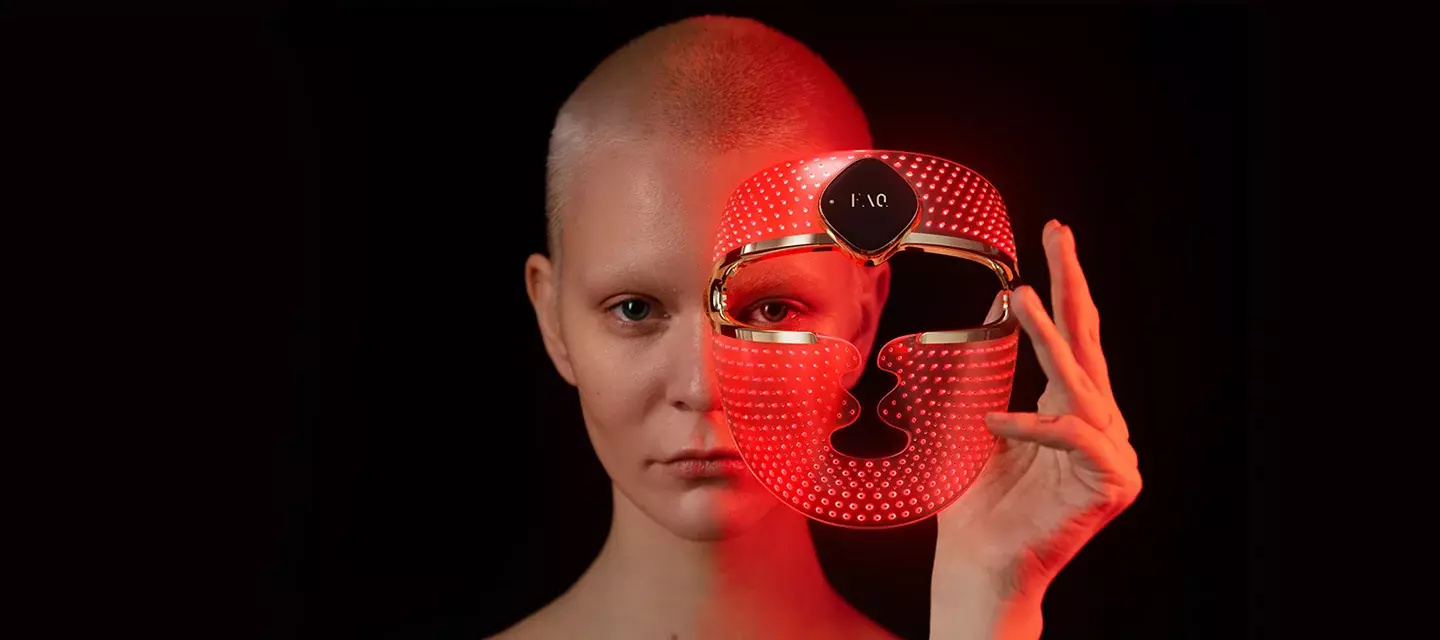
Red light therapy (RLT), which we now know and love, has come out of an unusual scientific chain of events, including bald mice and potatoes in space. After all of the bloodletting (anesthesia-less) barbaric practices throughout the checkered history of the medical profession and skincare that killed its patrons, who would have ever thought that something as harmless and simple as red light could go neck to neck with more radical (and painful) interventions in cosmetics and health? Red light therapy works by using specific wavelengths of red and near-infrared light to stimulate cellular function, promoting healing and rejuvenation, and is used in various branches of medicine, physiotherapy, skincare, and wellness circles for everything from wrinkles, psoriasis, and acne to pain management and hair regrowth.
There are a lot of positive effects of red light therapy, and new treatment options are being developed as we speak. But, while some mechanisms or RLT are very well understood, others need more scientific research. Today, you're here to learn the basics and delve into the proven science, red light therapy benefits, applications, and possible safety considerations. We'd like you to be excited about new opportunities, but we'd also be realistic about what to expect.
Science Angle: What Does Red Light Therapy Do?
Well, the layman's answer would be that red light therapy makes (a lot of) things better, but the science of red light therapy would be a bit more precise.
Red light therapy uses wavelengths of red (630nm and 700nm, with 660nm being the most common) or near-infrared light (NIR; 800nm to 850nm), chosen because they can penetrate skin and tissues anywhere from 1mm to 50mm. NIR penetrates deeper than red spectrum wavelengths and might be a better choice for healing and recovery of muscles and pain relief. In comparison, red light is a better choice for surface skin issues like acne inflammation, psoriasis, fine lines and wrinkles, and collagen rebuilding. However, keep in mind that the efficacy of the therapy will greatly diminish at that 50th mm, in comparison to the 1st mm.
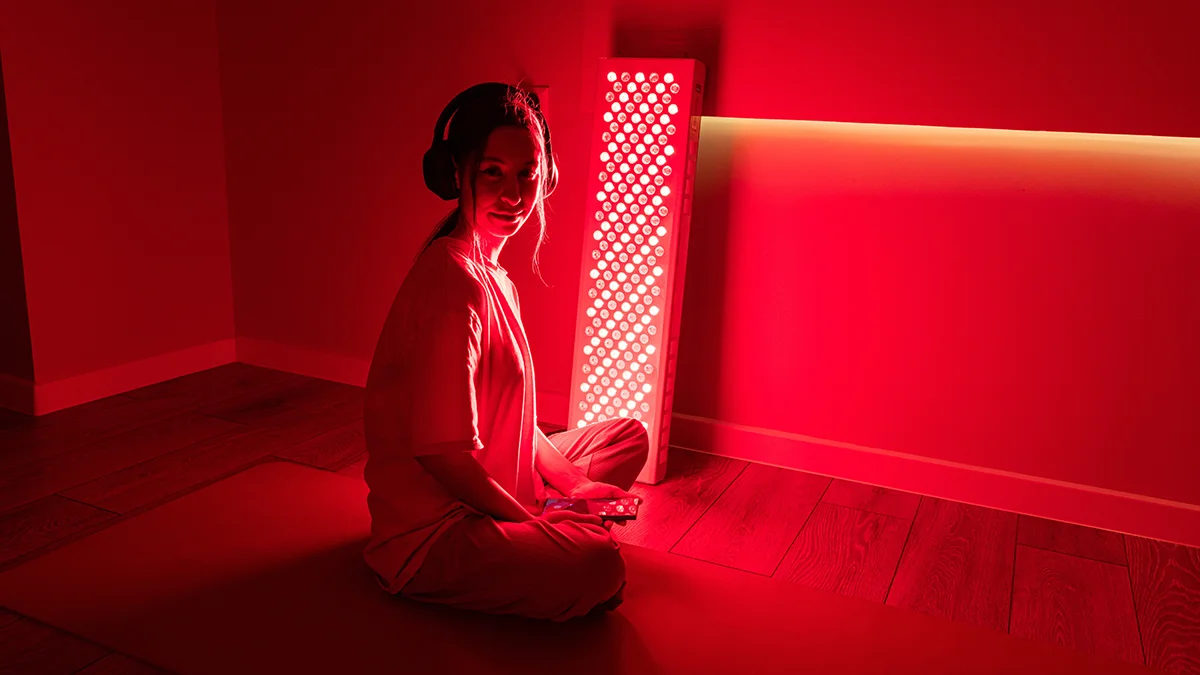
Both approaches have their merit and affect the mitochondria in the cells. If you allow yourself a short flashback to high school bio classes, you'll remember that mitochondria are microscopic, bean-shaped cell organelles that produce energy. The stimulation of mitochondria by RLT entices the production of the most precious molecule that keeps us alive - adenosine triphosphate (ATP) - boosting cellular energy, improving cell functioning, and promoting healing and regeneration. Basically, if your cells decided they're tired of making ATP (through burning nutrients in the presence of oxygen), you'd be pretty much dead instantly. Cyanide, for example, stops ATP production. Red blood cells are the only cells in the body that don't have mitochondria and don't burn oxygen and food for energy. It is logical. Red blood cells carry a lot of oxygen around, and it would be silly if they burned half of it before delivering it to their final destination. It's like a friend telling you that they've baked you a cake and they're bringing it over, but then they eat most of it on the way before they ring the doorbell. You'd hate their crumb-covered face.
People do have reservations when it comes to light therapies because UV radiation and melanoma risk association are always nestled somewhere in the back of our minds, as they should be. So, is red light therapy the same as UV light? Unlike ultraviolet (UV) light, which can seriously damage the skin and mutate cells, RLT does not cause burns or DNA damage. Red light therapy is also distinct from infrared therapy, which uses longer wavelengths to generate heat, and blue light therapy, commonly used to treat acne by targeting bacteria.
Real Advantages of Red Light Therapy
Research has explored various positive effects of red light therapy, including:
Skin Health & Rejuvenation
Red light therapy has a great effect on collagen, one of the building proteins that gives your skin that fresh, plump, and youthful vigor, whether you're treating your face, neck, décolleté, or hands. It can also improve skin tone, reduce wrinkles, and help fade scarring, as Alexander Wunsch and Kartsen Matuscha found in their 2014 study published in Photomedicine and Laser Surgery.
Hair & Scalp Health
Some studies suggest that red light therapy improvement in mitochondrial function can stimulate hair growth in individuals with androgenetic alopecia.
Pain Relief & Inflammation
Everything with the suffix "-itis" has some connection to inflammation, usually chronic. RLT has successfully been used to alleviate joint pain and reduce inflammation in conditions like arthritis (there's the –itis), according to the 2021 study by Marcelo F. de Oliveira et al.
Sleep & Mental Wellness
Unlike light that we usually associate with sleep disturbances, exposure to red light may improve sleep quality and mood by influencing melatonin production, according to a study conducted on 20 female athletes. Melatonin is the hormone our body naturally produces as the day comes to an end, so we can sleep deeply and restfully.
Weight & Cellulite
Scientific evidence points to RLT as a good complement to movement, helping reduce body fat and cellulite when combined with exercise. It seems it could double the effects of exercise alone.
Other Emerging Applications
There is a lot of new research budding on the cellular benefits of red light therapy, such as red light therapy benefits for fertility (where you can find the story of bald mice and potatoes in space from the intro) because the therapy is so well tolerated and non-invasive, but many need more research. red light therapy also seems to have some potential in managing issues like thyroid function, cognitive health decline, gum disease, and vitiligo.
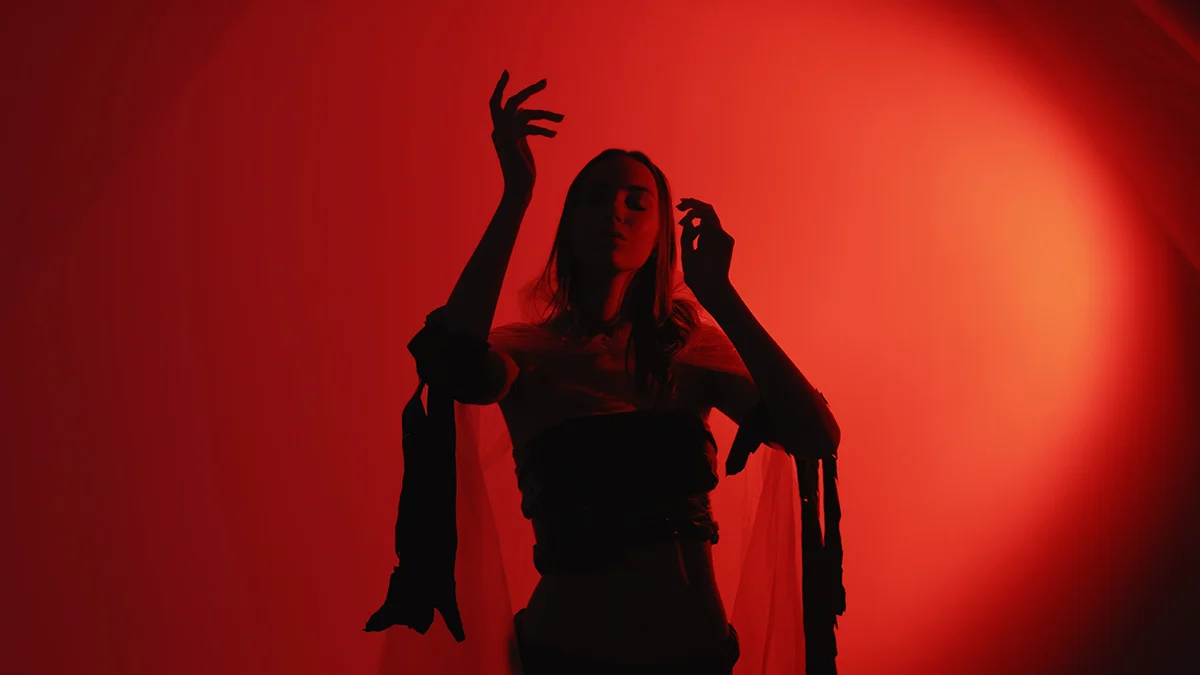
How Red Light Therapy Helps Face & Body
The advantages of red light therapy for the face and body directly result from how the light interacts with the cells that make up your skin, pulling strings behind the curtain and "injecting" energy to stimulate, repair, and restore cellular function and tissue health. The three key mechanisms to remember are:
Stimulating Collagen Production
We do love our collagen in every shape and size, and it's ridiculously important for everything from skin structure, joint health, wound healing, and overall integrity of tissues in our body. No collagen would make you a shaky, fragile, wrinkled, easily collapsible mass waiting to fall apart, in pain and discomfort. Red light therapy boosts collagen synthesis to help restore firm, youthful skin. Collagen is a structural protein that naturally declines with age, leading to sagging, wrinkles, and fine lines, so be aware that red light therapy cannot make 60 look 30 again, but it can make skin look younger and healthier and significantly slow down further decline. Red light therapy is also great when used in combination with some topicals, such as the new translucent glass skin masks.
Red and near-infrared light energizes fibroblasts—cells responsible for producing collagen and elastin—and when supplemented with increased ATP (cellular energy), these cells become more efficient, resulting in visible improvements in skin tone and texture, as well as the fading of crow's feet and laugh lines.

Reducing Inflammation
Controlled inflammation is a very valuable element of the immune response that keeps us alive while facing the pathogenic milieu roaming outside of our body. But when the inflammation gets out of control and goes chronic, we have a problem that will manifest in skin deterioration, as the body will not waste energy on repair because fighting the inflammation is a more important cause. Red light therapy has a soothing anti-inflammatory effect on the skin, making it very helpful for chronic and recurring inflammatory skin conditions like acne, rosacea, eczema, and psoriasis. This will speed up healing and reduce flare-ups, puffiness, red patches, post-acne inflammation, and even out skin tone.
Intra and extra-cellular benefits of red light therapy:
- Modulating the immune response
- Reducing the production of pro-inflammatory cytokines
- Increasing microcirculation, which supports detoxification
- This inflammation-calming effect can speed up healing, reduce flare-ups, and even out skin tone.
Improving Circulation
Circulation is somehow always associated with old people talking about health or the ice-cold feet of your (obviously zombie) partner touching you below the sheets. But a good circulation is one of the pillars of healthy skin, as good blood flow delivers nutrients and oxygen to every single skin cell while flushing out toxins. Red light treatments dilate blood vessels and stimulate angiogenesis (the formation of new capillaries), leading to increased blood flow in the areas you choose to treat, brightening, reducing puffiness and dark circles, and speeding up healing for a bright, healthy glow you usually need a good (microcirculation-boosting) facial to see.

But keep in mind that uncontrolled angiogenesis is not a good thing; that's how cancer cells hijack the blood supply to gulp down blood sugar, which is why any cancerous states may want to avoid RLT as an anti-cancer therapy, while there is some evidence that RLT is beneficial for post-chemo recovery.
Red light therapy has also shown success and can be a complementary treatment in some specific skin concerns, such as:
- Acne: RLT may reduce inflammation and promote healing to rid you of this horror that should have remained somewhere in your sophomore year.
- Eczema & Psoriasis: RLT can alleviate the uncomfortable and visible symptoms of eczema and psoriasis by reducing inflammation.
- Acne Scars: Promotes tissue repair and reduces scarring as new healthy cells come to the surface.
- Rosacea: Uncomfortable and persistent redness and inflammation can be greatly helped by RLT.
Safety, Risks, and Contraindications
Is red light therapy safe? Yes, it is quite safe. When it comes to therapies and especially such a versatile one, it is surprisingly safe with very few, rare side effects reported. We live with light on this earth, and our bodies know what to do with it. RLT is non-invasive and well-tolerated when used appropriately for the condition or symptom we'd like to treat and when the guidelines for the red light therapy device are followed
Side effects are very few, and the main ones include:
Eye Exposure: Direct exposure can cause eye strain or damage, although many at-home devices are designed to be safe for non-professionals and don't require glasses. If the at-home device calls for goggles, use them every single time. If your skincare professional asks you to put some on during your treatment, do so.
Overstimulation: This is due to improper use. Let's say the instructions say 10 minutes every few days, but you think that doing half an hour a day will speed up the results, and you choose to treat the same place repeatedly. Excessive use of red light may lead to skin redness or irritation.
Consult a doctor before use if:
- You are pregnant. We're not very fond of experimenting on pregnant women, so there is not enough data to claim LED mask safety.
- You have a history of skin cancer or are taking photosensitizing medications. We've mentioned the capability to stimulate new blood vessel production, which might be a problem.
- You have chronic health conditions that affect skin sensitivity. In this case, the introduction of every new technology, including red light therapy, should be carefully scrutinized.
Is Red Light Therapy for Face Worth It?
It would seem that it is. Users and study participants keep showcasing great red light therapy anti-aging effects and visible cosmetic refinements, such as noticeable improvements in skin texture and tone after consistent use of red light therapy for face. For instance, a study of American Academy of Dermatology involving 90 participants found that over 90% experienced softer, smoother skin and reduced redness after eight sessions.
The keyword for RLT is consistency. Red light therapy is not a one-time deal; it is not cheap and is mostly not covered by insurance, even for medical purposes outside cosmetic ones. So, exploring the at-home options for light therapy might be a good idea. These devices might not be as powerful as the bulky machines in spas, clinics, and dermatology offices, but they will give you the freedom to make your own schedule and use the device consistently for the price of a single investment. You may only need more treatments to see red light therapy's anti-aging effects with these at-home devices. Effective devices for facial use include LED masks and handheld wands, as well as devices for the body areas that easily show signs of aging, such as hands, neck, and décolleté. FAQ™ Swiss collections FAQ™ 200 and FAQ™ 100, while the FAQ™ 300 collection utilizes lasers and red light therapy to help with hair thinning and hair loss.
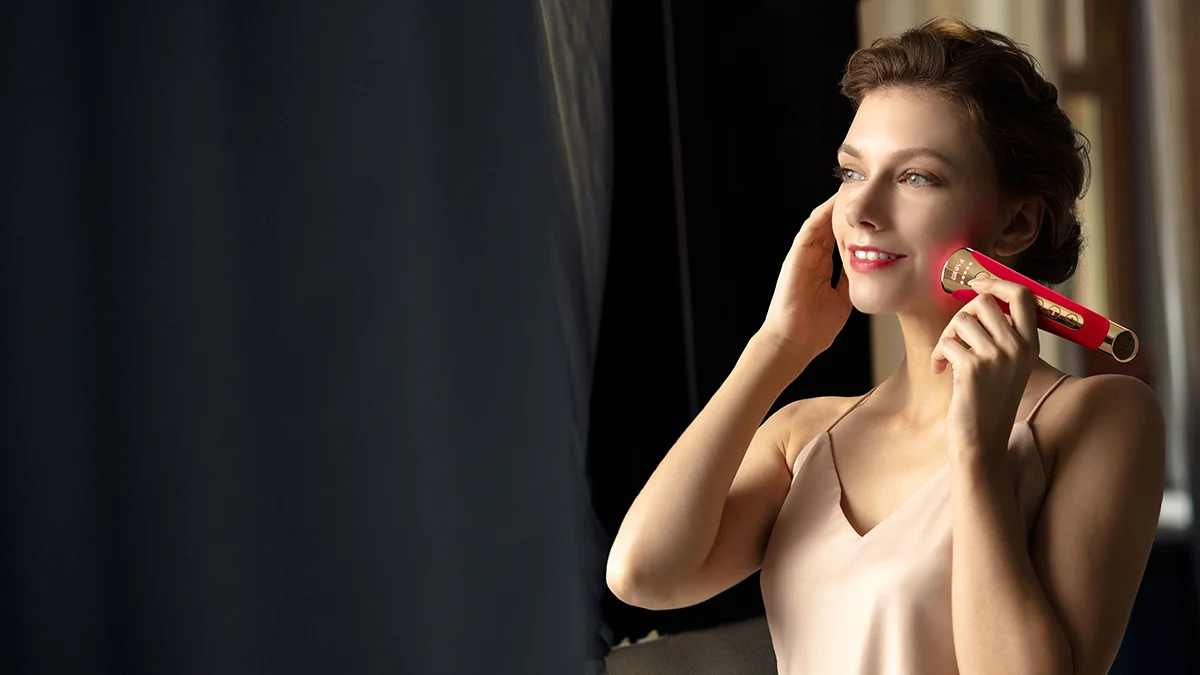
Advantages of red light therapy encompass a range of applications, from enhancing skin health to aiding in pain management, hair growth, and mental wellness. Some of its effects are more well-known than others and have a greater evidence base, but more research is needed to understand its capabilities fully. As with any treatment, what worked for your mom, uncle, friend, or sister may not work the same for you, and there are some people who can't use red light therapy or who need to talk to a physician first.. Our bodies are different, and individual results may vary. It's essential to consult healthcare professionals when considering RLT, even if you're considering purchasing an at-home device, especially in photosensitive or malignant health conditions that may be affected by RLT.
There you have it. We hope you've found some helpful information on red light therapy and have a basic grasp of how this technology works and what it is used for, so you can make some good decisions down the road. Stay curious, stay beautiful, shine your light, and enjoy living in your skin.
Bonus Round: FAQ™ Collection
You can check out the entire FAQ™ Collection featuring LED light therapy below.
FAQ™ 100 Collection
- FAQ™ 101 RF & Red Light Wand For Face
- FAQ™ 102 RF, EMS & Red Light Anti-aging Wand For Face
- FAQ™ 103 Diamond-adorned RF, EMS & Red Light Wand
FAQ™ 200 Collection
- FAQ™ 201 Silicone LED Face Mask
- FAQ™ 202 Anti-aging Silicone LED Mask
- FAQ™ 211 Red Light Neck & Décolleté Mask
- FAQ™ 221 Anti-aging Red LED Hand Mask
FAQ™ 300 Collection
- FAQ™ 301 LED Hair Strengthening Scalp Massager
- FAQ™ 302 Laser & LED Hair Regrowth Scalp Massager
FAQ™ 400 Collection
- FAQ™ 401 Dual Microcurrent LED Toning Device
- FAQ™ 402 Dual Microcurrent Red LED Toning Device
- FAQ™ 411 Microcurrent Red LED Body Toning Device
FAQ™ LED Light Therapy Panels



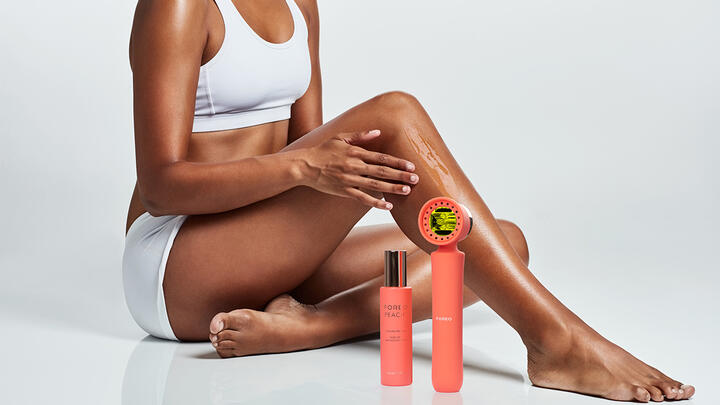




Comments
2 comments
Leave a comment